As 2022 draws to a close and we box-up our Christmas presents, let’s take a moment to recognize Citroen’s achievement in packaging 75 years ago. It was at the Paris Motor Show in 1947 that Type H (aka H-Van and HY-Van) got it’s world premiere. In the commercial vehicle segment it quickly became a best-seller.
They were innovative — the first mass-produced van with front-wheel drive and virtues to success such as simple design and robust engineering. The Type H was used for everything from delivery to public service and mobile sales. They could be found in the form of ambulances, mobile sales, fire engines, and much more.
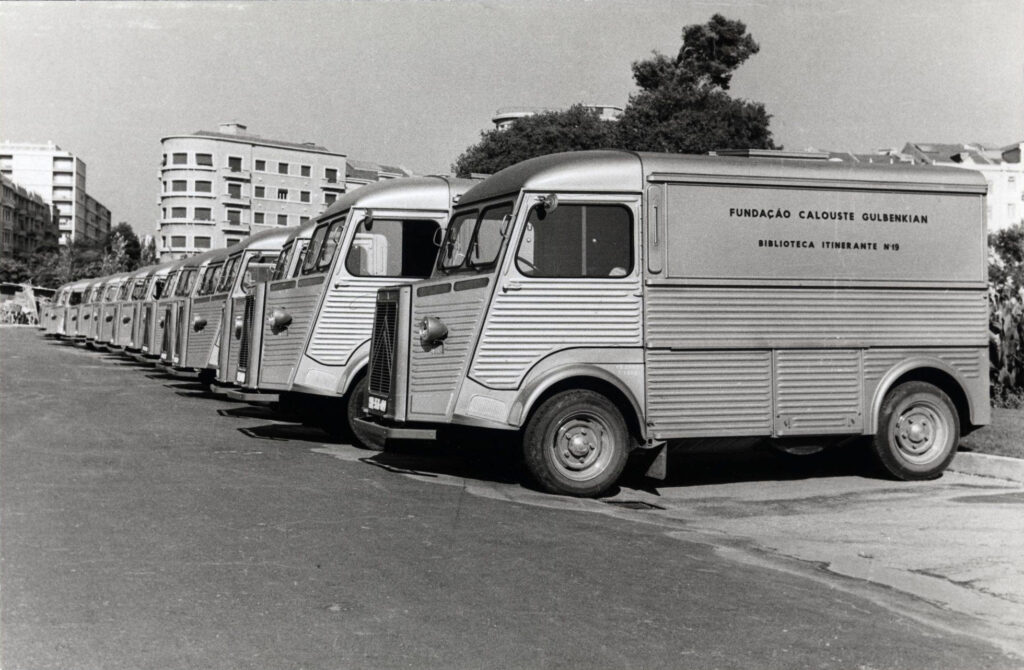
Maximum cargo space was achieved with a short hood and a slab-sided body made of corrugated sheet metal. A low ladder-frame chassis provided a loading space that could be walked in upright and the lowered loading floor allowed for easy loading. All of these attributes, in combination with the wide range of possible uses, made the Type H attractive for a wide variety of target groups.
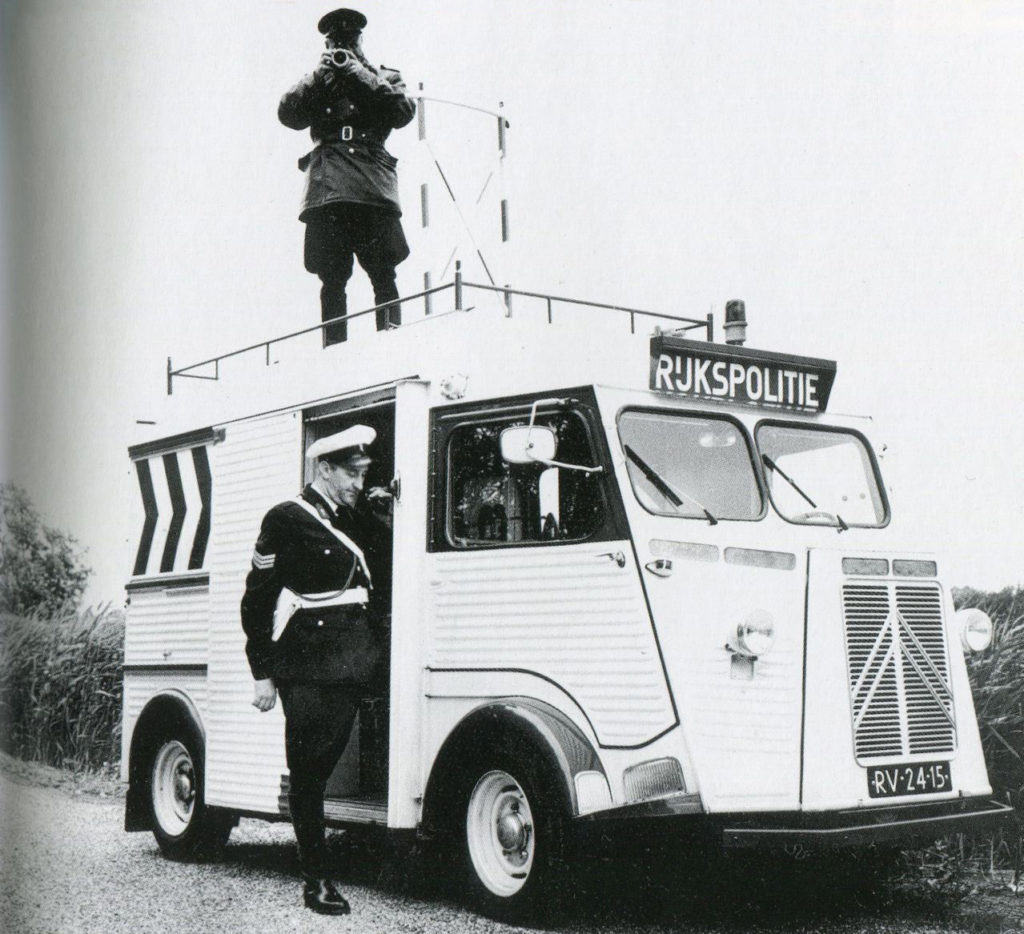
The police and fire brigade drove it, as did the butcher around the corner and the ice cream vendor. Later the hippies discovered it for themselves and even today the Type H is still on the road as rolling sales vehicles and food trucks.
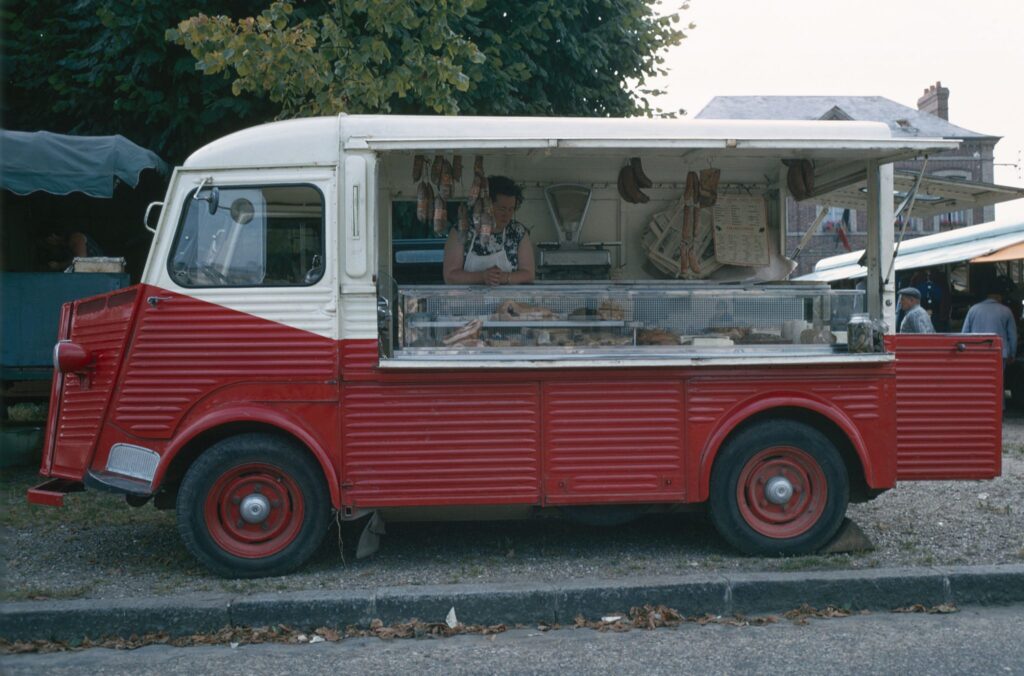
In June 1948, the commercialization of the front-wheel drive transporter began with the characteristic corrugated iron body in the style of the legendary “Ju 52” aircraft, which provided the necessary reinforcement for the large sheet metal surfaces.

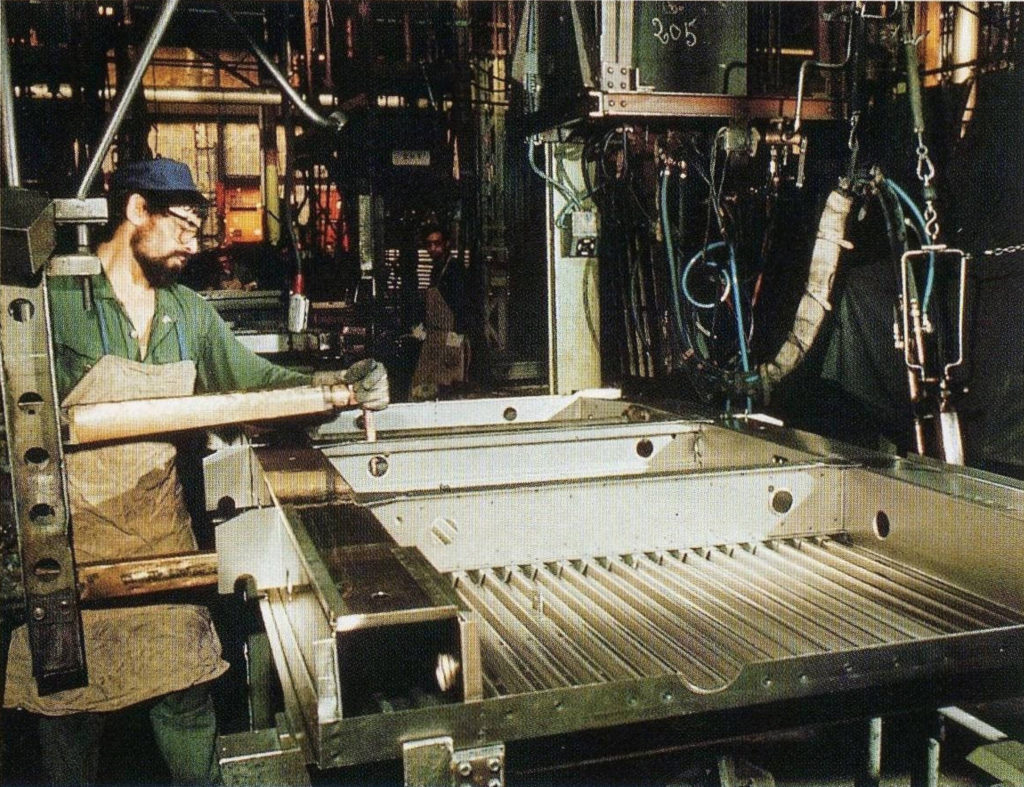
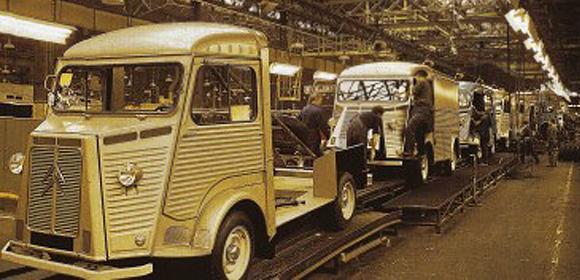
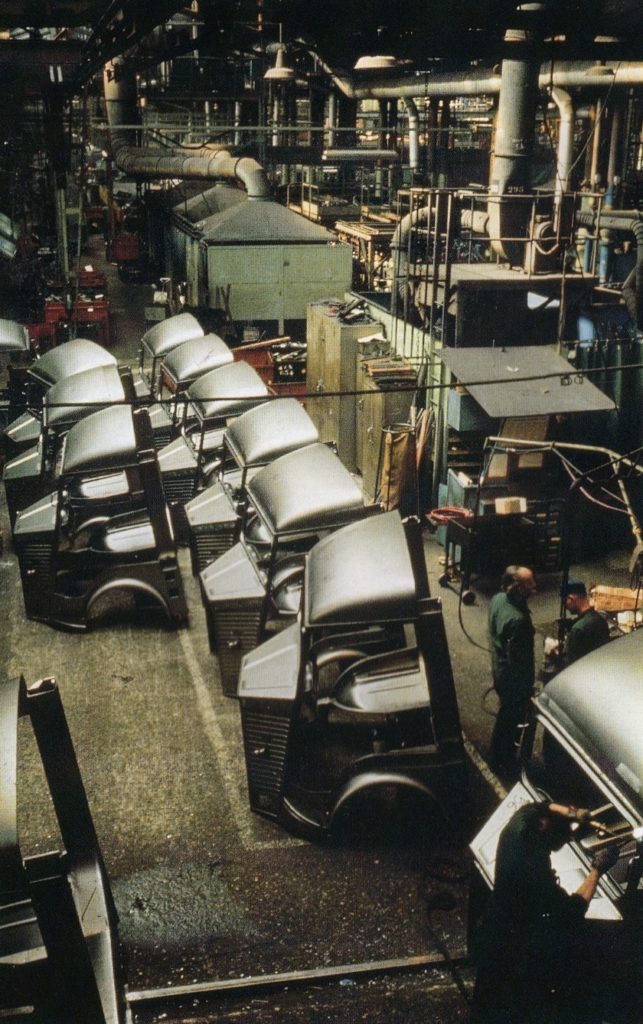
Depending on the permissible payload, different type designations (H, HY, HX, HW, HZ and 1600) were used. Numerous body construction companies, provided a wide variety of variations of the Type H. The delivery van was factory-fitted with a length of 4.28 meters and a chassis with driver’s cab.
The low entry of the flat cargo area and the U-shaped stiffening frame enabled the team led by engineer Pierre Franchiset and designer André Lefèbvre to create a large number of body variants such as body extensions, high roofs, an open platform with a double cab configured for a car transportation (or a covered wagon also with a double cab), animal transporter, hearse, dump truck or as a rolling laboratory.
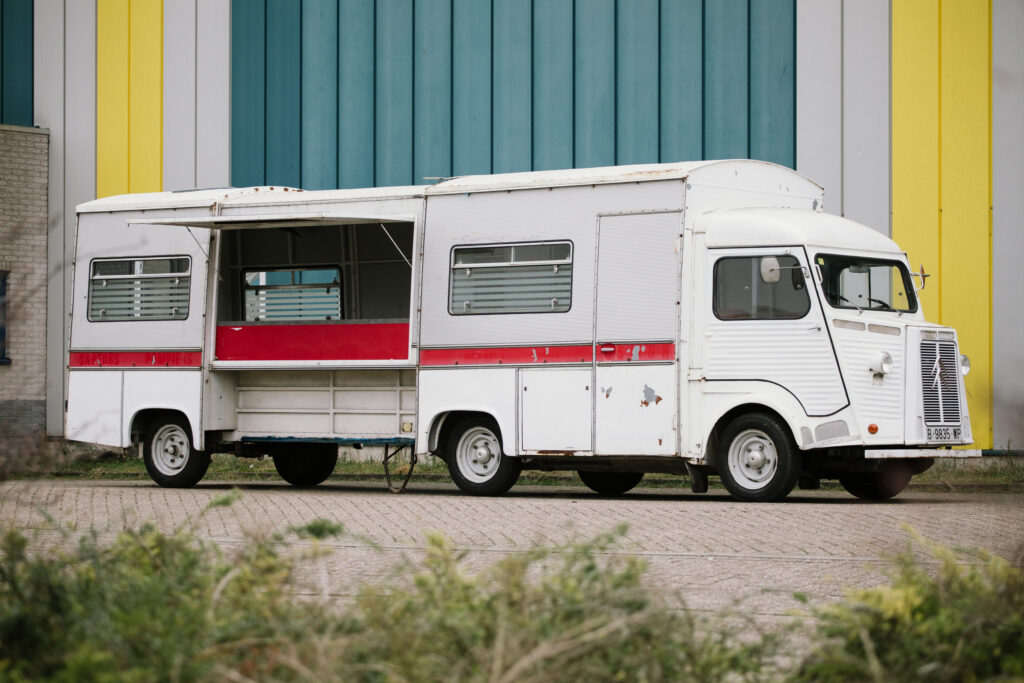
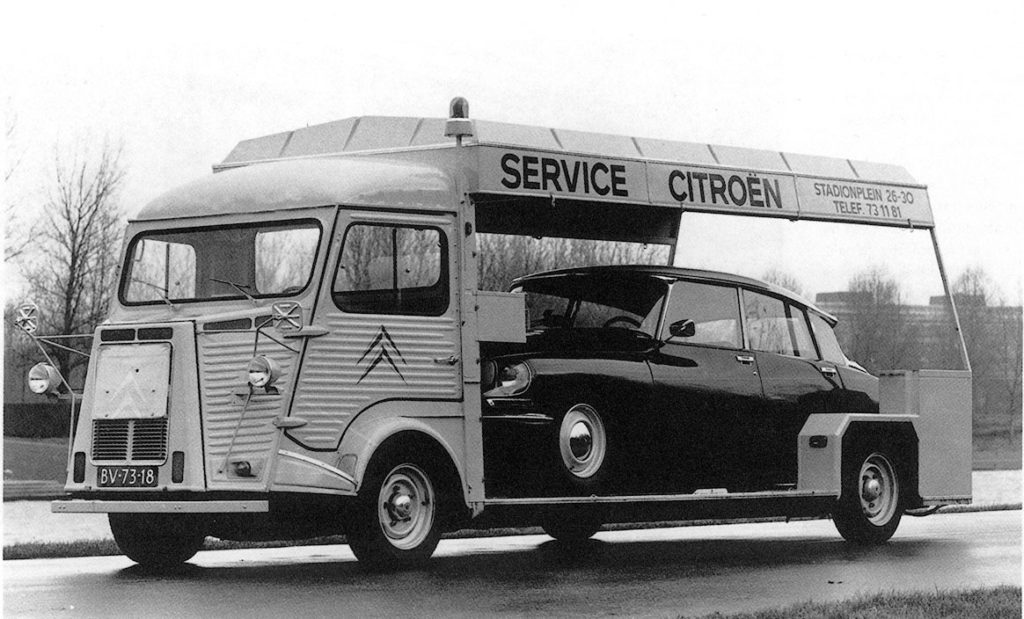
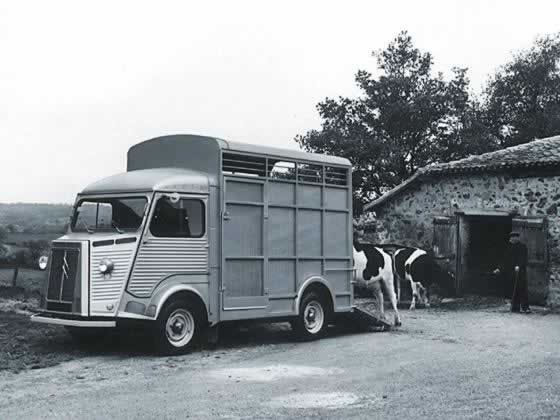
Various extensions of the wheelbase and overhang at the rear were given the designations; “Modification A” (40 centimetres overhang) to “Modification F” (1.2 meters extended wheelbase and 60 centimetres overhang). Roof elevations of 10, 20 or 40 centimetres were possible. The customer also had the option of raising the cab roof. This resulted in loading volumes between 7.3 and 16.4 cubic meters.
The Type H had the engine and transmission of the Traction Avant and later the DS – each installed “backwards”, i.e. with the engine in front of the front axle – and with the opposite direction of engine rotation (droit). Torsion bar suspension gave the Type H not only good road holding, but also a high level of suspension comfort when unladen.
In addition, the hydropneumatic suspension of the DS was installed on the rear axle in some variants, especially in ambulances. The special promotional bodies used as escort vehicles for the Tour de France are particularly noteworthy.
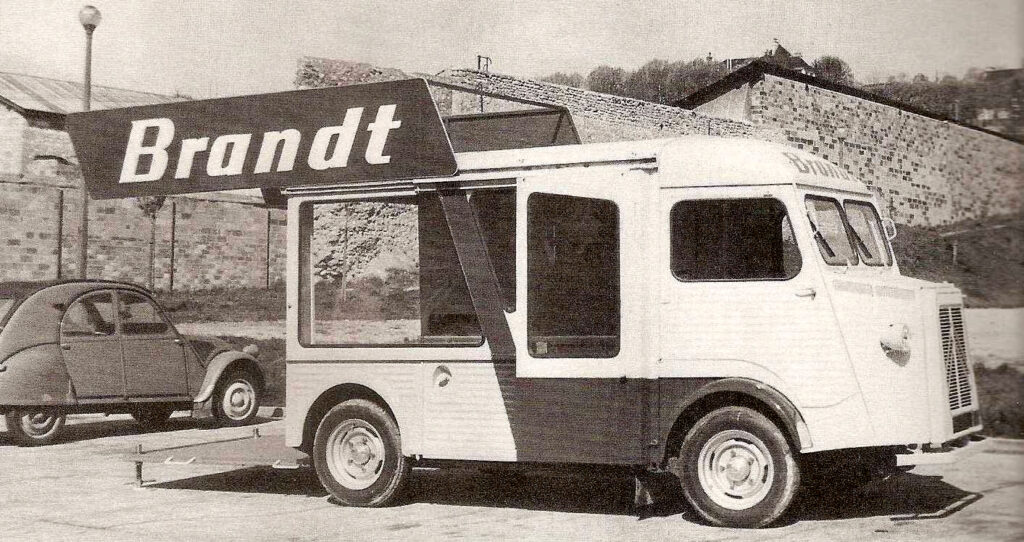

Perkins and Indénor diesel engines were also offered. The main focus here was on the extremely easy accessibility for maintenance of the engine – even a full removal could be done within a very short time.
By the time production ended in December 1981, a total of almost 475,000 Citroën Type H had been built, primarily at the Quai de Javel plant from the start in 1949 until 1975 with smaller numbers also being built in Belgium and the Netherlands. Manufacturing of the DS and the H Van both ended at Quai de Javel in spring 1975 and H van manufacturing was then transferred to the brand new plant in Aulnay-sous-Bois where it was produced for the final 6½ years until its end in December 1981.

To this day, the H van is very popular with young and old alike – it can be found, for example, as a collector’s item among classic car enthusiasts or as a mobile sales stand for coffee and crêpes at numerous locations.
Here’s a gallery of photos that illustrates the diversity of the Type H and the creative ways people are using them in their businesses.
Click here to view the full gallery. And for a full screen slideshow click on the ![]() icon (upper right of screen).
icon (upper right of screen).


Last month I spotted a very rare Citroën H Van here in Pretoria, South Africa where I stay. The vehicle is in a mint condition. I was fascinated by the unique torsion bar suspension setup front and rear. Here are 4 photos that I took: https://citroenvie.com/wp-content/uploads/2023/03/Torsion-Bar-Suspension-H-Van-Johan-Prins-scaled.jpg